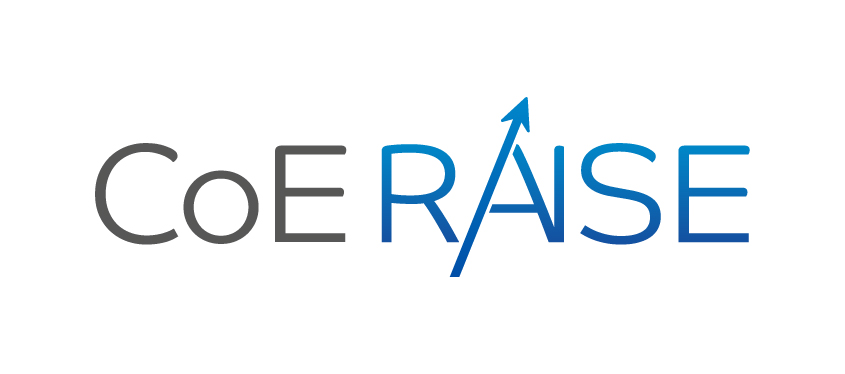AI4HPC
AI4HPC, part of CoE RAISE, is an open-source library to train AI models with CFD datasets on HPC systems. AI4HPC also includes a benchmarking suite to test the limits of any system with CPUs and GPUs towards Exascale and a HyperParameter Optimization (HPO) suite for scalable HPO tasks.
Cite this software
Description
AI4HPC, part of CoE RAISE, is an open-source library to train AI models with CFD datasets on HPC systems.
In CoE RAISE, innovative AI methods on heterogeneous HPC architectures capable of scaling towards Exascale are developed and generalized for selected representative simulation codes and data-driven workflows.
AI4HPC consists of data manipulation routines tuned to handle CFD datasets, ML models useful for CFD analyses, and optimizations for HPC systems. AI4HPC also includes a benchmarking suite to test the limits of any system with CPUs and GPUs towards Exascale and a HyperParameter Optimization (HPO) suite for scalable HPO tasks.
The documentation is available at https://ai4hpc.readthedocs.io.

Contact:
Do not hesitate to contact EI for any comments and/or questions!
EI - e.inanc@fz-juelich.de

- GNU General Public License v2.0